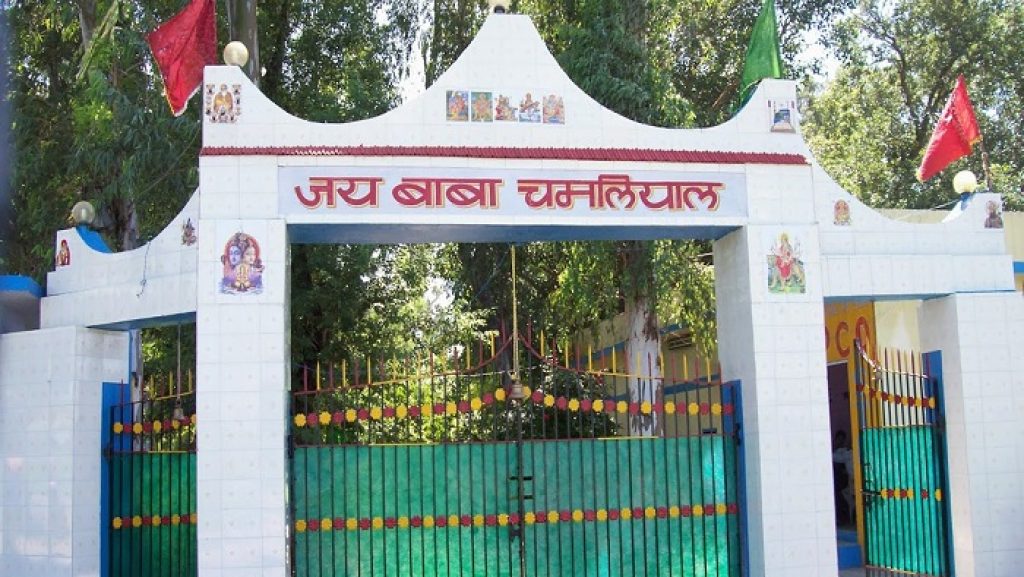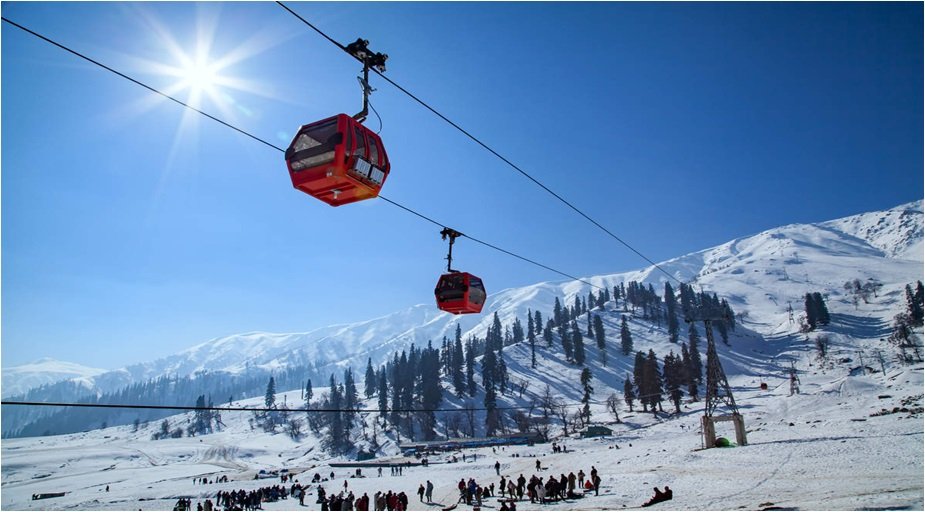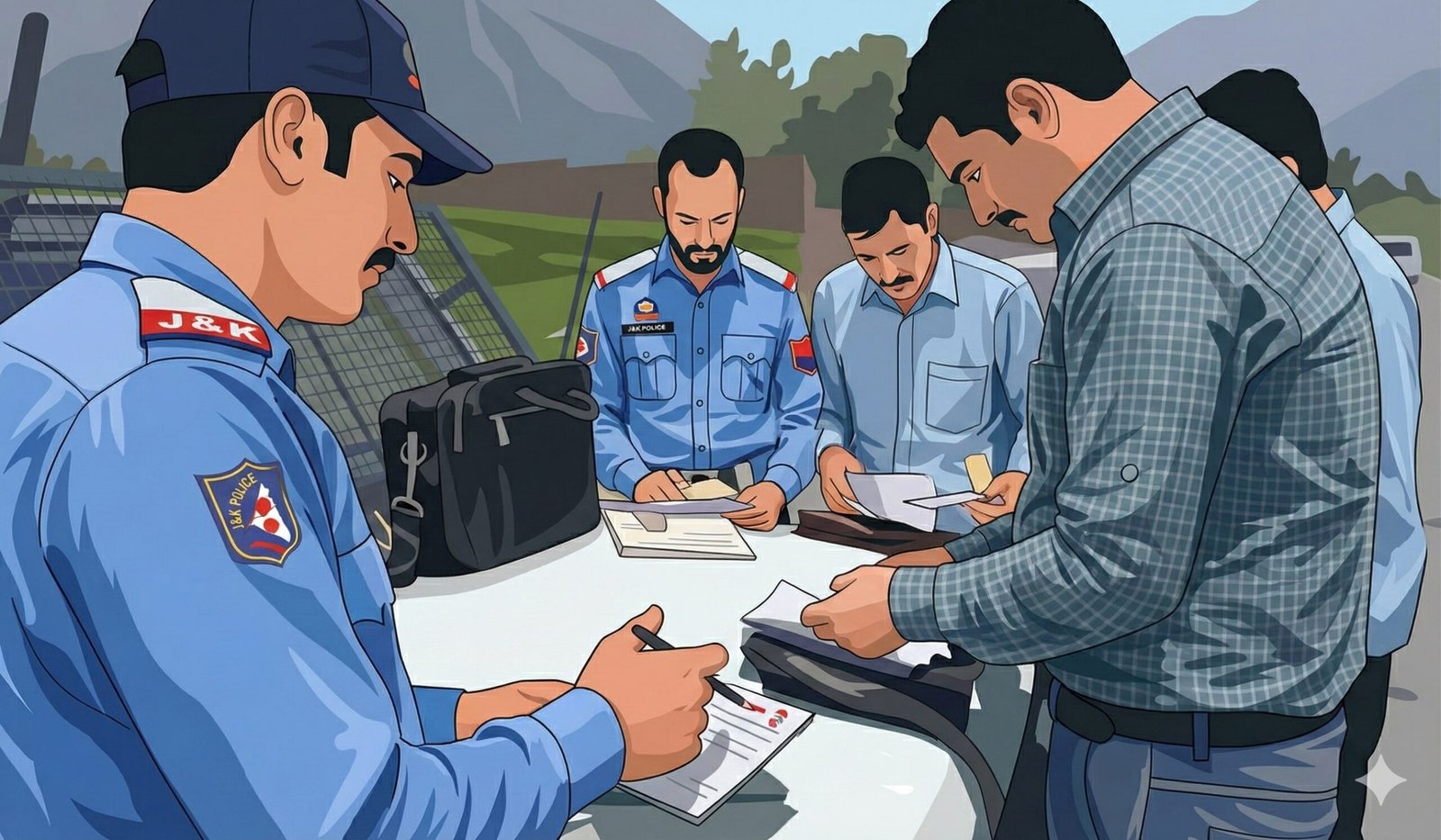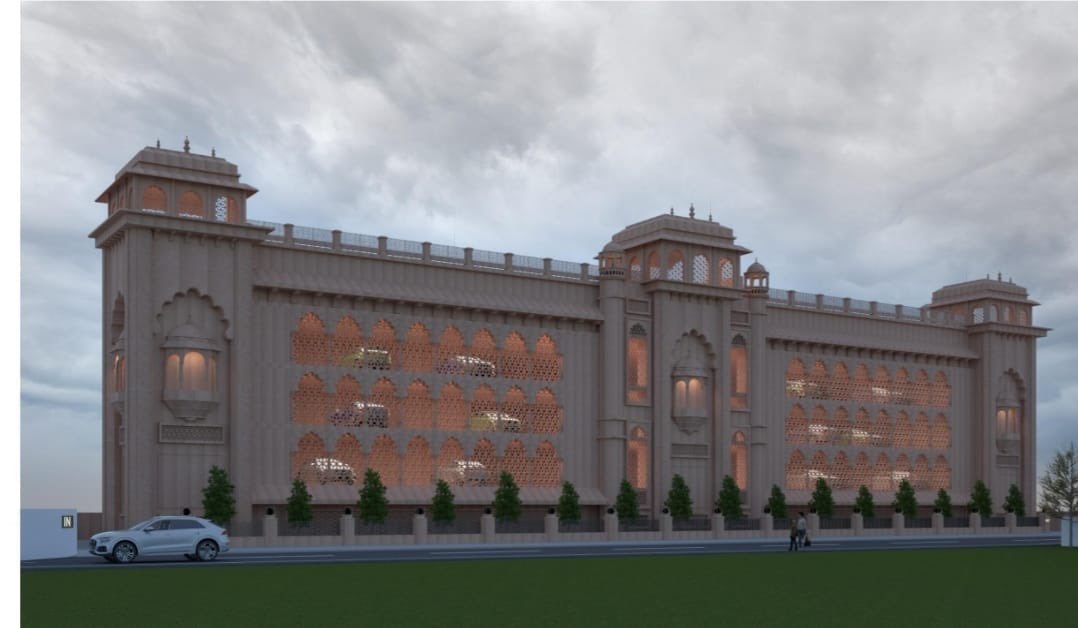Nestled in the border village of Chamliyal in Samba district of Jammu & Kashmir, the shrine of Baba Dalip Singh Manhas, reverently known as Baba Chamliyal, stands as a unique symbol of spiritual unity and Indo-Pakistani cultural resonance. Despite the geopolitical tension along the Line of Control, the annual Chamliyal Mela brings together people from both India and Pakistan, united by unwavering faith in a 300-year-old Sufi saint.
Who Was Baba Chamliyal?
Baba Chamliyal was a revered local saint believed to possess divine healing powers. His real name, Baba Dalip Singh Manhas, is less commonly known, yet his teachings, rooted in Sufism, communal harmony, and healing, echo across generations. His life and sacrifice are enshrined in oral traditions, regional folklore, and the annual rituals that continue to draw thousands to his shrine.
Legend says Baba Chamliyal sacrificed his life while trying to mediate a local conflict. His samadhi, now a marble-domed shrine, is considered a sanctified place, with many pilgrims claiming to have been healed after offering prayers and applying Shakkar (sacred clay) and Sharbat (holy water) from the shrine.
Chamliyal Shrine: A Confluence of Faiths
The Chamliyal Dargah, located just a kilometer from the Zero Line, is maintained by the Border Security Force (BSF) and becomes the site of a large annual festival during June. This religious site welcomes people across caste, creed, and religious lines, symbolizing the secular ethos of Indian Sufi traditions.
Pilgrims come here seeking remedies for:
- Skin diseases
- Spiritual healing
- Marital and familial harmony
The Sharbat and Shakkar, considered blessed by Baba Chamliyal, are distributed after a ceremonial offering and are seen as a miraculous cure, especially for skin ailments.
The Indo-Pak Border Ritual: A Unique Tradition
Every year, during the Chamliyal Mela, an unusual but highly symbolic event unfolds. The Pakistani Rangers, accompanied by a large number of civilians from Pakistan, gather across the International Border in the village of Saidanwali, Sialkot District, just across from Chamliyal.
In a rare cross-border cooperation:
- Indian BSF officers hand over the Sharbat and Shakkar to Pakistani counterparts.
- The offerings are then distributed among the Pakistani devotees, who are not allowed to cross the border due to security concerns.
- The tradition, rooted in respect, continues regardless of political strain, serving as a spiritual ceasefire.
As devotees from Pakistan are not allowed to cross the Indo-Pak border, each year they gather at Saidawali village, located on the international border, from where they are provided Shakkar and Sharbat by BSF officers. Before the Indo-Pak war in 1971, Pakistanis were allowed to visit this side of the border, but now only Pakistani Rangers (border police) are allowed to participate in the festival, who offer Chaddar on behalf of the people of Pakistan.
Read also: Chichi Mata Temple in Samba
Chamliyal Mela: Devotion and Festivity
The Chamliyal Mela is held every fourth Thursday of June and is attended by:
- Thousands of Indian pilgrims
- Local residents and tourists
- Officials from BSF and civil administration
The festival is marked by:
- Cultural performances and local bazaars
- Free langars (community kitchens)
- Distribution of blessed Sharbat and Shakkar
- Devotional singing and night-long prayers
Every year in Saidanwali village on the Pakistan side of the Zero Line, people organise a three-day fair and wait for ‘Shakkar’ and ‘Sharbat’ of Baba Chamliyal’s Dargah.
A Shrine That Defies Conflict
The Chamliyal shrine is more than a religious site; it is a living testimony to shared heritage, even in times of political tension. Over the decades, this spiritual tradition has:
- Survived wars, ceasefires, and diplomatic freezes
- Functioned as a rare point of India-Pakistan cultural continuity
- Represented the power of faith to transcend borders
In years when relations between the two countries strained to breaking point, the tradition of passing the holy offerings has either been suspended or conducted without the formal ceremony, but the people’s devotion remains unshaken.
Sacred Offerings: Healing Through Shakkar and Sharbat
The Shakkar (sacred soil) collected from the dargah is mixed with water to prepare the Sharbat. Devotees believe in its power to:
- Cure chronic skin conditions
- Bring peace to families
- Fulfill heartfelt wishes
Local legends and testimonials reinforce the miraculous reputation of these offerings, which are seen not as mere symbols, but as blessings from the saint himself.
Historical Significance and Cultural Legacy
The origin of Baba Chamliyal’s shrine dates back to the 18th century, and over the years, it has become:
- A site of Sufi pilgrimage
- A cultural heritage icon of Jammu & Kashmir
- A spiritual bridge between divided people
The shrine has withstood colonial rule, partition, and insurgency, standing firm as a beacon of healing, brotherhood, and resilience.
BSF and the Role of Guardianship
The Border Security Force, apart from maintaining border security, takes special care in preserving the sanctity of this shrine. They:
- Organize the annual fair
- Prepare the offerings
- Coordinate with civil administration and villagers
- Facilitate cross-border handovers with dignity and discipline
Their involvement underscores the Indian state’s commitment to safeguarding spiritual traditions, even in sensitive zones.
Read also: Sudh Mahadev Temple: A Sacred Destination in the Hills of Jammu
Modern Developments and Challenges
Despite the continued devotion, the Chamliyal tradition faces:
- Occasional suspension due to border skirmishes
- Restrictions on Pakistani civilians’ physical access to the shrine
- Pressure from changing geopolitical dynamics
Yet, faith continues to prevail, keeping alive a 300-year-old custom that refuses to fade.
The shrine of Baba Chamliyal serves as a spiritual sanctuary and a peace ambassador, silently advocating unity in a divided subcontinent. It is a testament to how faith, folklore, and cultural resilience can thrive even amid hostility.
As long as the clay of Chamliyal is sacred and the Sharbat flows across the border, Baba Chamliyal’s message of peace and healing will endure—unbroken and unbounded.
















